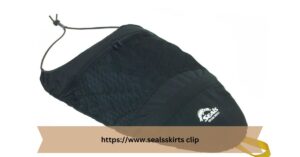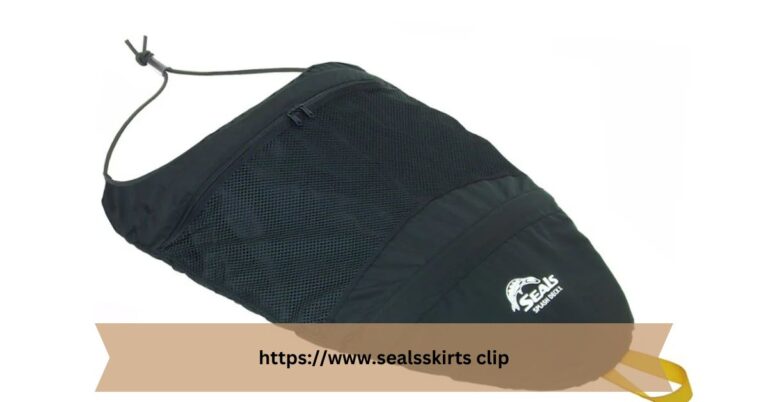Let’s read about snorkalater
Introduction
Snorkalater is a fascinating water activity that allows individuals to explore the underwater world with ease. The term “snorkalater” refers to the equipment used for snorkeling, which includes a mask, snorkel, and fins. Snorkeling is a popular recreational activity that appeals to people of all ages and skill levels. In this article, we will delve into the world of snorkalater, exploring its history, equipment, techniques, and benefits.
The History of Snorkalater
Snorkeling has been around for centuries, with ancient civilizations using rudimentary snorkeling devices to explore the underwater world. The modern snorkel, as we know it today, was developed in the early 20th century and has since become a staple in water sports. Snorkalater has evolved over the years, with advancements in equipment and techniques making it more accessible and enjoyable for enthusiasts.
Equipment Needed for Snorkalater
To engage in snorkalater, you will need a few essential pieces of equipment. These include a snorkel mask, which allows you to see clearly underwater, a snorkel tube for breathing, and fins to help you move efficiently through the water. It is crucial to choose high-quality equipment that fits properly to ensure a comfortable and safe snorkeling experience.
Techniques for Successful Snorkalater
Mastering the art of snorkeling requires some basic techniques. Proper breathing through the snorkel tube, clearing water from the mask, and using fins to propel yourself are essential skills to learn. Additionally, maintaining a relaxed and calm demeanor underwater can enhance your snorkeling experience and allow you to observe marine life in its natural habitat.
Benefits of Snorkalater
Snorkeling offers a myriad of benefits for both physical and mental well-being. It is a great way to stay active and improve cardiovascular health while enjoying the beauty of the underwater world. Snorkalater can also reduce stress and anxiety, providing a sense of tranquility and relaxation. Furthermore, snorkeling allows you to connect with nature and appreciate the wonders of marine life.
Choosing the Right Snorkeling Destination
When planning a snorkeling trip, it is essential to select the right destination. Look for locations with clear waters, abundant marine life, and suitable weather conditions for snorkeling. Popular snorkeling destinations include tropical reefs, marine reserves, and coastal areas known for their biodiversity. Researching and preparing for your snorkeling adventure can enhance your overall experience.
Proper Care and Maintenance of Snorkeling Equipment
To ensure the longevity of your snorkeling gear, proper care and maintenance are crucial. Rinse your equipment with fresh water after each use to remove salt and debris. Store your gear in a cool, dry place away from direct sunlight to prevent damage. Regularly inspect your equipment for any signs of wear and tear and replace any damaged parts promptly.
Common Mistakes to Avoid While Snorkeling
While snorkeling is a relatively safe activity, there are some common mistakes to avoid to ensure a smooth and enjoyable experience. These include hyperventilating before diving, touching or disturbing marine life, and snorkeling alone without a buddy. By being mindful of these mistakes and following proper snorkeling etiquette, you can have a safe and rewarding snorkeling experience.
FAQs
1. What is the best time of day to go snorkeling?
The best time to go snorkeling is usually in the morning when the water is calm, and visibility is optimal. Early mornings also tend to have fewer crowds, allowing for a more peaceful snorkeling experience.
2. Can I wear glasses or contact lenses while snorkeling?
It is recommended to wear contact lenses while snorkeling as glasses can be cumbersome and may not provide a watertight seal with the mask. However, if you prefer wearing glasses, consider investing in a prescription snorkel mask for better visibility underwater.
3. How deep can you snorkel with a standard snorkel tube?
With a standard snorkel tube, you can comfortably snorkel at depths of up to 10-15 feet. Beyond that depth, it may become challenging to breathe through the snorkel due to increased water pressure.
4. Is snorkeling suitable for non-swimmers?
While basic swimming skills are recommended for snorkeling, non-swimmers can still enjoy the activity with proper supervision and flotation devices. It is essential to feel comfortable in the water and communicate any concerns with your snorkeling guide.
5. What marine life can you expect to see while snorkeling?
While snorkeling, you may encounter a variety of marine life, including colorful fish, coral reefs, sea turtles, and rays. Depending on the location, you may also spot dolphins, sharks, and other fascinating sea creatures in their natural habitat.
6. How can I prevent fogging in my snorkel mask?
To prevent fogging in your snorkel mask, apply a small amount of toothpaste or a commercial defogging solution to the inside of the lens before each use. Rinse the mask thoroughly with fresh water to remove any
related terms: snorkalater



















